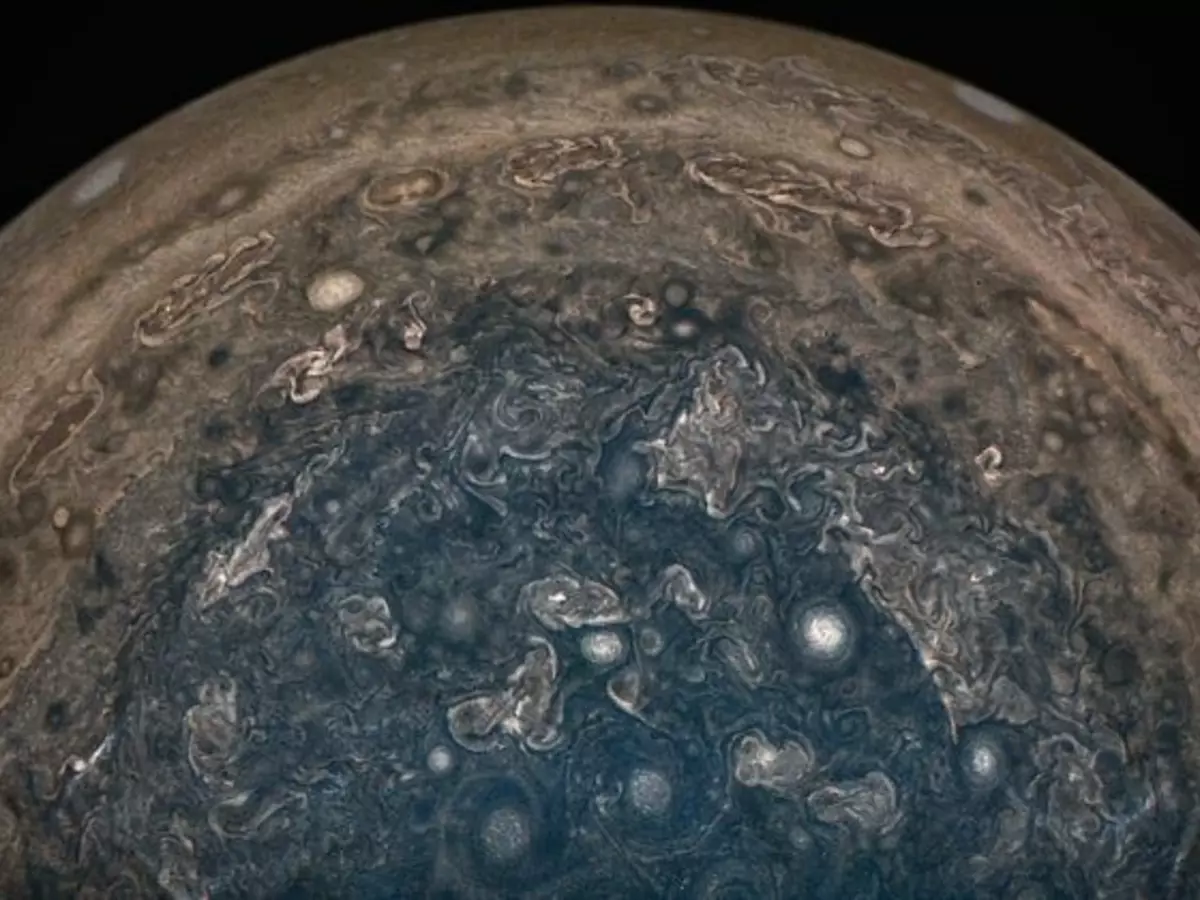Scientists Have Discovered 10 More Moons Around Jupiter, And One Of Them Is A Terrible Driver
Scientists are excited to declare that they¡¯ve confirmed the existence of 10 more moons circling Jupiter, bringing its total natural satellite count to 79. That¡¯s the most number of moons of any planet in our solar system.

Scientists are excited to declare that they¡¯ve confirmed the existence of 10 more moons circling Jupiter, bringing its total natural satellite count to 79.
That¡¯s the most number of moons of any planet in our solar system, and they¡¯re giving us more knowledge than ever before.

Astronomers at the Carnegie Institution for Science first discovered these moons in March last year, alongside two others that have long since been confirmed. However, the team wasn¡¯t even looking for the moons in the first place, but was actually searching for distant small objects or planets possibly hiding behind Pluto.
The 12 new moons are are fairly small, between 1.6 km to about 3.2 km wide, and they classify into three types. Two orbiting close to Jupiter move in the same direction as the planet¡¯s rotation while, further out, 9 more revolve in the opposite direction as Jupiter.
But in the same region as these nine, about 24.9 million km away from Jupiter, is one moon called Valetudo. And you should know, Valetudo is one wonky dude. Unlike the others near it, this one moon is moving in the same direction as Jupiter is, opposite to the other nine. The reason scientists are interested in this is because it¡¯s an anomaly. It¡¯s the equivalent of someone driving the wrong way down the highway, straight into traffic. And in the same way, it¡¯s the kind of situation that can cause a head-on collision.
The thing is Valetudo isn¡¯t the only one of Jupiter¡¯s moons to act this way. There¡¯s another called Carpo in a different region that also orbits in the same direction as Jupiter, the opposite of others near it. What¡¯s interesting though, is that Carp is one of Jupiter¡¯s smallest moons, which suggests to the research team that some moons actually have collided in the past. In fact, they believe Valetudo, which is just a kilometre across, is a remnant of a larger moon that has been worn down by collisions over time.

Image courtesy: Carnegie Institute for Science
It¡¯s taken this long for scientists to spot something like this because of Jupiter¡¯s sheer size. Not only is it hard to cover all of its area of influence with a telescope, it also reflects back a lot of light, creating glare. That doesn¡¯t exactly help in the search for faintly illuminated moons hovering around it.
However, this recent find is opening up all sorts of possibilities for Jupiter¡¯s history. Maybe, they say, the nine moons orbiting in one region are all pieces of one larger moon that used to exist in that space. They also believe, unlike larger inner moons like Europa and Io, these smaller outliers are made of the same basic materials as go into the formation of a planet. Except, instead of forming into other planets they got caught up in Jupiter¡¯s massive gravitational field.
Right now, the scientists are just excited to figure out if there are any more of these miniature moon hiding behind Jupiter, and whether they have anything more to teach.
